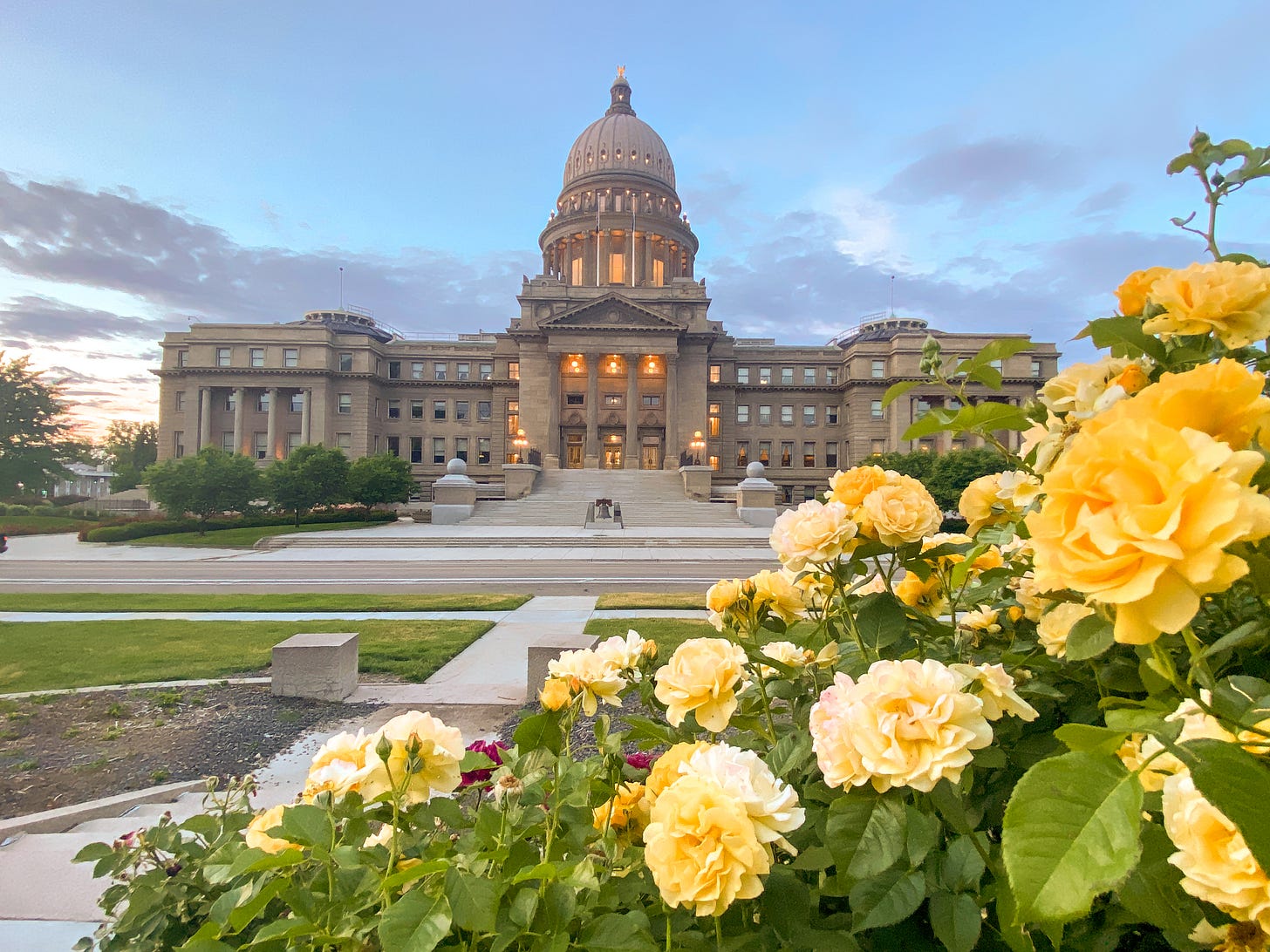Beyond Boise: Implementing Learnings in Our Spheres of Influence
In addition to furthering team-based projects, attendees of the 2023 workshop series were also encouraged to envision themselves as instrumental change-makers.
Throughout the Microlab series, all participants were prompted to contemplate their specific spheres of influence and challenged to return to their home organizations as proactive agents of change. The goal was clear: leverage the insights gained to drive tangible transformations within professional and educational contexts, extending far beyond the scenic landscapes of Boise.
Community members were recently asked about the actions they’ve taken since the Summer 2023 gathering. Below are some of the responses:
Community-Based Agreements
I worked diligently to understand more about implementing community agreements.
I discussed the importance of community agreements with academic collaborators at my institution on other projects
I included CBA in a grant at my organization that was based on that UWG from the use-inspired workshop series
I introduced standardized partner agreements, with the intention of introducing the final standard community agreement and meeting structure.
Collaborations and Partnerships
I pushed for more focus on community engagement in proposal preparation on my campus based on a much stronger understanding of the importance of community engagement in use-inspired research that came out of the workshop series.
I sought collaboration with local university researcher and student, aiming to conduct research and to survey the interests of local residents (users). This was based on applying the concept of UIR and that there is a need to engage local communities and bridge gaps between academia and industry collaborations.
I plan to further seek support in forming a scientific consortium across local industry partners, local communities and all types of academic institutions within the state. This was based on the learning that a successful UIR culture would require consensus across sectors and that information has to be effectively shared between funding agencies, industry and academic partners.
I met with higher ed colleagues, community leaders, and industry executives to explore potential use-inspired research collaborations.
I continue making my network in biotechnology startups and education aware how much NSF values use-inspired research and that it should be a part of any grant application in both innovation and education proposals.
I spoke broadly to stakeholders in my organization about the areas of excitement presented at the associated microlabs
I am building an international collaboration with scientists using some of the best practices that were discussed during the workshop series, making sure that our work/question aligns with user-inspired research.
I have approached collaborations with more strategy due to our research and discussions.
Education and Outreach
I have been communicating with a non-profit organization to develop a collaborative grant geared towards STEAM outreach to K-12 students.
I incorporated students' participation in the experiments and in the users’ survey programmed in my approved project
Research Funding and Strategy
I advocated for use-inspired research to be a priority in my university system's primary collaboration (seed) grant initiative this year--and was successful.
I submitted a grant proposal which aims to integrate practical, hands-on lab sessions into our course curriculum.
As part of ongoing innovation efforts, I was successfully awarded two NSF-related grant opportunities (EPIIC and Project Vision) that are complementary to UIR.
I helped a PUI [Primary Undergraduate Institution] think about assets in their E-CORE proposal
Team Science
I have begun to utilize elements discussed in the team science training in the cross-sector partnerships that I manage, primarily helping others less experienced with cross sector collaboration understand that we have aligned goals and desired outcomes and synergy in how we can accomplish these - where others have gaps, we may have expertise, keeping all partners engaged, excited, and on-track
I am now better able to articulate to colleagues what Team Science is and how it differs from a co-governance model based on the Divergent Science OR training.
I made some suggestions in UWG for the topics that we discussed including changing the group name to a more appropriate name with our goals or objectives.
Undoubtedly capturing the diverse range of activities and initiatives undertaken by individuals in the community, these themes highlight the interconnected nature of justice, community engagement, use-inspired research, collaborations, education, and strategic planning within the UIRE landscape.
How are you utilizing use-inspired research principles? Comment below and let us know!
Want to learn about cross-cutting initiatives being developed within the community? Check out Showcasing Our Progress: Summaries and Presentations from Umbrella Working Groups and A Community Compass: Embedding JEDI Principles and Community Agreements From The Beginning.
Work related to this post was funded under NSF Grant #FAIN-2309541.


